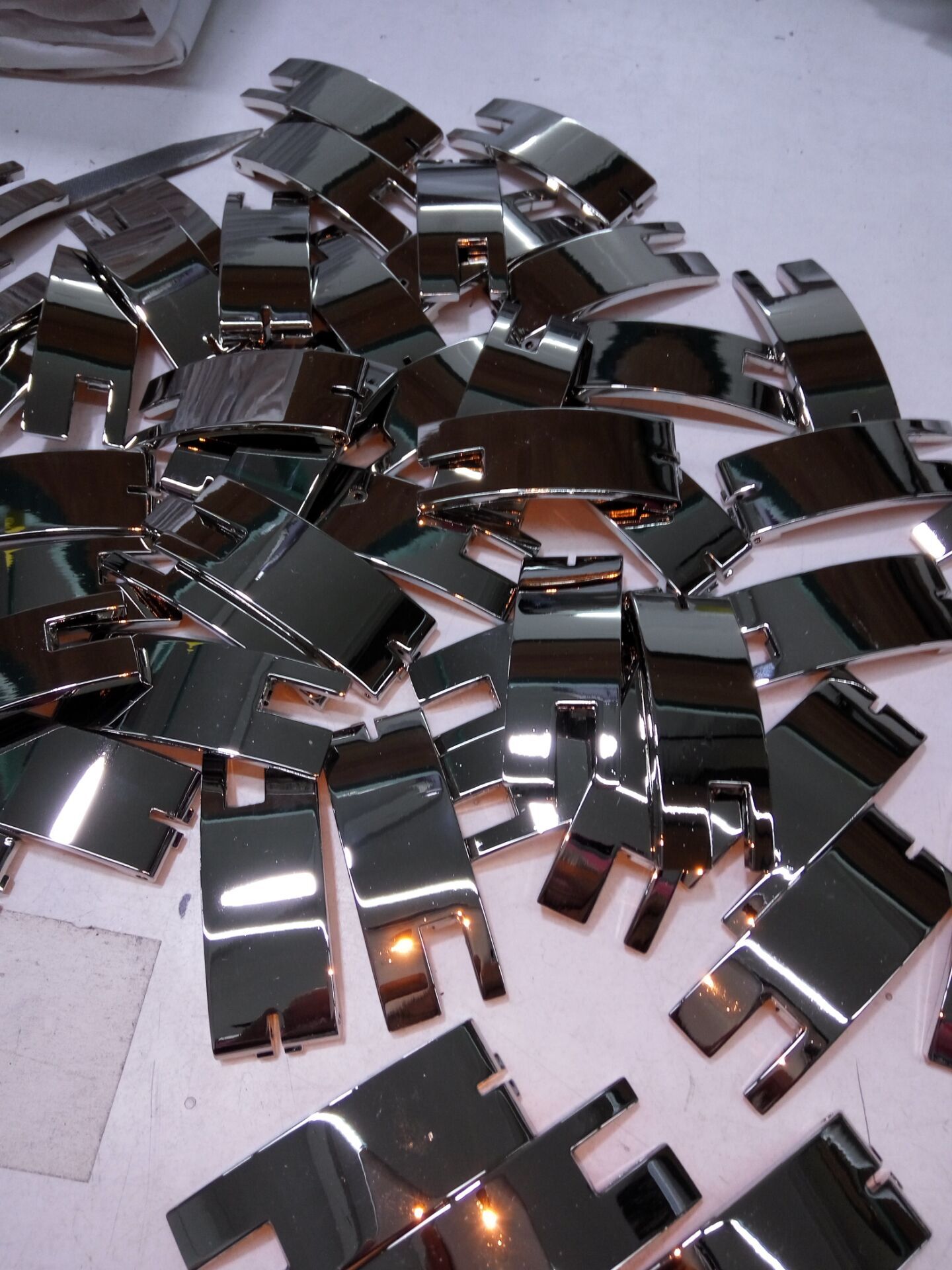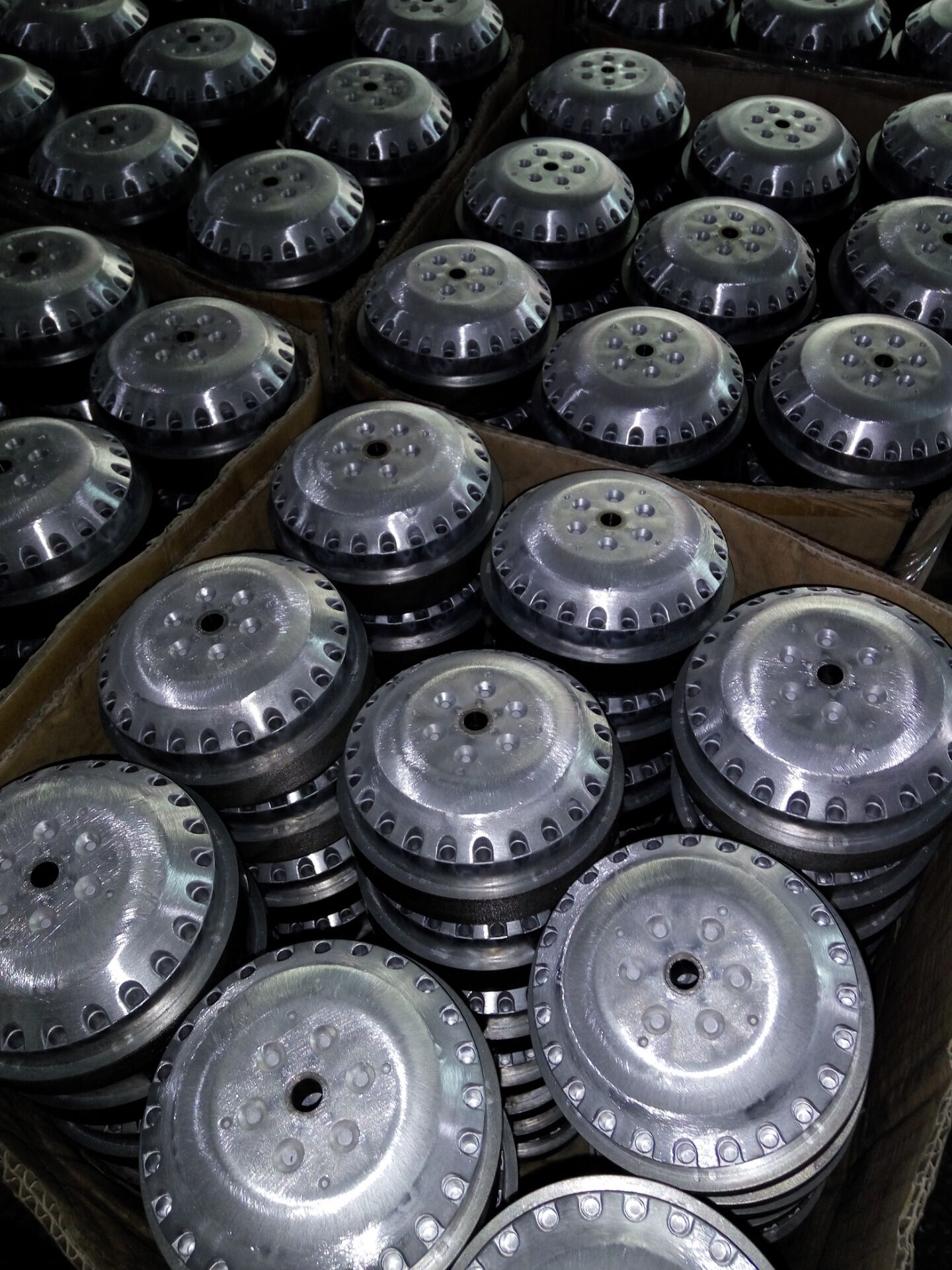
Privacy statement: Your privacy is very important to Us. Our company promises not to disclose your personal information to any external company with out your explicit permission.
Select Language
Different Craftsmanship
1.Die Casting is a process of filling liquid or semi-solid metals or alloys, or liquid metals or alloys containing a reinforcing phase, into the cavity of a die-Casting Mold at a high speed under high pressure, and making the metal or alloy under pressure A casting method for solidification to form a casting.
2.Low Pressure Casting is a casting method in which liquid alloys are pressed into the mold cavity from bottom to top under pressure, and solidified under pressure to obtain castings.

Different Characteristics
1.Die casting advantage:
① High productivity, easy to realize mechanization and automation, and can produce thin-walled castings with complex shapes.
②. The casting has high dimensional accuracy and small surface roughness.
③. Die castiing parts can be embedded in die castings, which not only saves precious materials and machining time, but also replaces the assembly process of components, which can save assembly processes and simplify manufacturing processes.
2.Die casting shortcoming:
① The filling speed of liquid metal during die casting is high, and it is difficult to completely remove the gas in the cavity. The castings are prone to defects such as pores, cracks, and oxidation disaster debris. Die castings usually cannot be heat treated.
②. The structure of die-casting mold is complex, the manufacturing cycle is long, and the cost is high, so it is not suitable for the production of small batch castings.
③. Restricted by the clamping force of the die casting machine and the size of the die, it is not suitable for the production of large die castings.
④, alloy types are limited, non-ferrous alloys such as zinc, magnesium, copper, etc.
3.Advantages of low pressure casting:
①, pure metal liquid filling, improve the purity of castings.
②, the molten metal filling is stable, reducing or avoiding the churning, impact and splashing of the molten metal during filling, thereby reducing the formation of oxide slag.
③The casting has good formability, and the molten metal is filled under the action of pressure, which can improve the fluidity of the molten metal, which is conducive to the formation of castings with clear contours and smooth surfaces, and is more beneficial for the forming of large thin-walled castings.
④. The casting crystallizes and solidifies under the action of pressure, which can be fully fed and the structure of the casting is dense.
⑤The yield of molten metal is improved. In general, no riser is required, and the uncondensed metal in the liquid riser can be returned to the crucible for repeated use, which greatly improves the yield of molten metal. Generally up to 90%.
4.Shortcoming of low pressure casting:
The investment in equipment and molds is large; in the production of Aluminum alloy castings, the crucible and the riser are in contact with the molten metal for a long time, and are easily eroded and scrapped, which will also increase the iron and deteriorate the performance of the molten metal.

Different Applications
1. Die casting
Mainly used in mass production of non-ferrous alloy castings. In the output of die castings, aluminum alloy die castings account for the largest proportion, accounting for 30% to 50%, followed by zinc alloy die castings, and copper alloy die castings account for 1% to 2%. The most widely used die-casting parts are the automobile and tractor manufacturing industries, followed by the instrument manufacturing and electronic instrument industries, and again for the agricultural machinery, national defense industry, computers, medical equipment and other manufacturing industries. The parts produced by die casting method include engine cylinder block, cylinder head, gearbox case, engine cover, instrument and camera shell and bracket, pipe joint, gear, etc.
2. Low pressure casting
Low pressure casting is mainly used to produce aluminum alloy and magnesium alloy parts, such as automobile wheel hubs in the automobile industry, cylinder blocks of internal combustion engines, cylinder heads, pistons, missile casings, impellers, wind guide wheels and other castings with complex shapes and high quality requirements. When using low pressure casting to produce cast steel, such as cast steel wheels, special refractory materials are required for the riser. Low pressure casting can also be applied to small copper alloy castings, such as pipe fittings, faucets in bathrooms, etc. This technology has been industrialized abroad.
LET'S GET IN TOUCH

Privacy statement: Your privacy is very important to Us. Our company promises not to disclose your personal information to any external company with out your explicit permission.

Fill in more information so that we can get in touch with you faster
Privacy statement: Your privacy is very important to Us. Our company promises not to disclose your personal information to any external company with out your explicit permission.